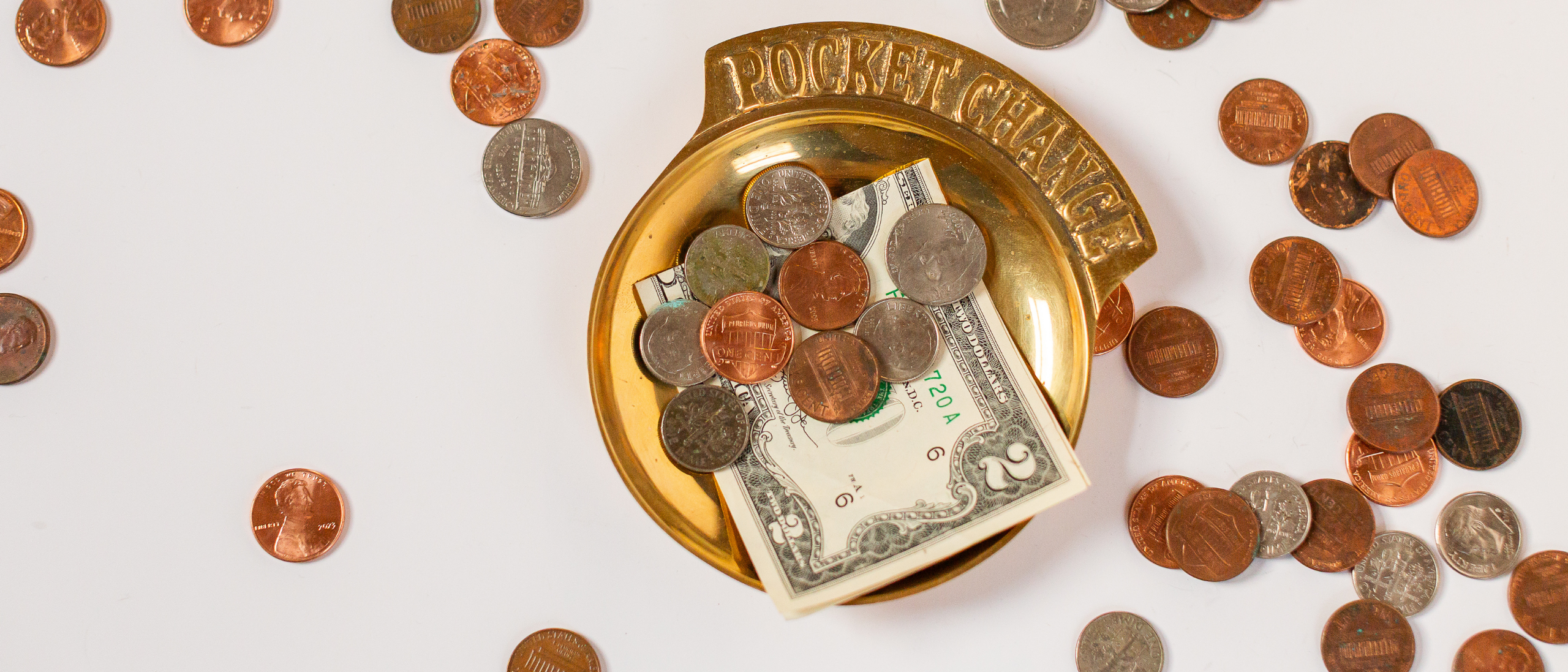What is Depreciation of Fixed Assets—and Why Should You Do It? Here’s my simple guide to depreciation.
Large purchases that are an investment in the future of your business can wreak havoc on your stress levels as an entrepreneur. They can also, it turns out, wreak havoc on your financial books, making an otherwise successful financial period look, um, not so great.
Enter depreciation of fixed assets. This common accounting principle says that if an asset is going to be used over multiple accounting periods, the cost of that asset can also be spread over multiple periods in your financial records.
Which Assets to Depreciate—and Which to Expense
There are a couple of guidelines to help you determine whether you should depreciate an asset or just count it as a normal expense. The first and most important one is whether this is an asset will last over the course of multiple accounting periods. Things like office furniture, equipment involved in the production of your products, computer hardware: these are the gifts that keep on giving to your business. Anything that provides value over the course of several years like this is in the running to be depreciated.
The next guideline is how much money that asset costs, or how much of an impact it will have on your financial statements. A large equipment purchase—like a $2,500 wheel and $3,000 kiln to outfit a new pottery studio—is clearly a large purchase that will greatly affect your financial statements. On the other hand, a garbage can for your studio—while also probably an asset that you will use for several years to come—is inexpensive enough that it’s probably not worth the hassle of depreciating. You’d be better just to count it as an expense. The IRS requires that anything costing more than $2,500 be depreciated. Anything under that can be expensed.
The Easiest Way to Depreciate a Fixed Asset: Straight-Line Depreciation
Once you’ve determined which assets are worth depreciating, you’ll want to estimate about how many years you’ll use those assets before replacing or selling them. The cost of those items will then be spread out over that period of time in your books.
Let’s say Lauren just bought a new iMac Pro for her video production company, a whopping $10,000 with all the fixings. Given the cost, she’s hoping to use this thing into the ground, and expects she’ll get about eight years out of it (fingers crossed!). Therefore, she’d count $1,250 of the computer (or $10,000/8) as an expense each year.
When she first purchases the computer, she’d put the following journal entry in her books:
DR. Equipment $10,000
CR.Cash $10,000
Each year after that, she would record a Depreciation Expense as such:
Depreciation Expense $1,250
Accumulated Depreciation $1,250
The accumulated depreciation here would tally up the total of how much she’s “paid towards” the equipment year over year, so in year two the accumulated depreciation would be $2,500, and so on after that. At the end of eight years, the accumulated depreciation will have reached $10,000. When Lauren gets rid of the computer, she’ll make the following record, and no longer have any balance in accumulated depreciation or equipment:
Accumulated Depreciation $10,000
Equipment $10,000
Depreciating a Fixed Asset for Resale
You can also depreciate an asset you’re planning on reselling after a few years.
Let’s say instead of working the computer into the ground, Lauren knows she’ll want to sell it after five years to get a faster, updated model. She expects the resale value at that time to be around $3,000. This is called the salvage value. Lauren would only depreciate the cost of the equipment, minus the expected salvage value, meaning she’d be including $1,400 per year as an expense (or, ($10,000-$3,000)/5 years).
When she goes to sell the computer, she’ll need to balance her books. If she sells it for the expected value, the transaction will look like this:
Cash $3,000
Accumulated depreciation $7,000
Equipment $10,000
If, however, she sells it for more or less than she expected, she’ll need to record that as a gain or loss:
| Gain | Loss |
|---|---|
| Cash $4,000 | Cash $2,000 |
| Accumulated depreciation $7,000 | Accumulated depreciation $7,000 |
| Hardware $10,000 | Loss on sale of hardware $1,000 |
| Gain on sale of hardware $1,000 | Hardware $10,000 |
Other Ways to Depreciate a Fixed Asset
There are other ways to depreciate. They are more complicated, so I tend not to recommend them if you’re calculating your own depreciation, but feel free to reach out to me if you want to know more!
The first involves multiplying the remaining value of the asset by a certain percentage that it is depreciating every year. So, instead of expensing the same amount every year, the amount would decline year after year as the “value” of the asset declines. The ultimate amount remains the same, it’s just spread out differently. This is called the double declining balance method.
The second measures depreciation by units of production rather than years. So, if the kiln purchased above was expected to last through a certain number of firings, you could then calculate the depreciation based on how many firings you do in an accounting period. This involves more complex tracking and calculations.
Abridged by Amy
- Depreciation of a fixed asset allows you to spread the expense of that asset over the years it will benefit your business.
- An asset that is depreciable should be one that you’ll use over the course of multiple accounting periods, and what is expensive enough to have a significant impact on your books.
- There are several ways to depreciate an asset, but the simplest is to divide the cost of the asset by the number of years you plan on using it, and count that amount as an expense every year.




